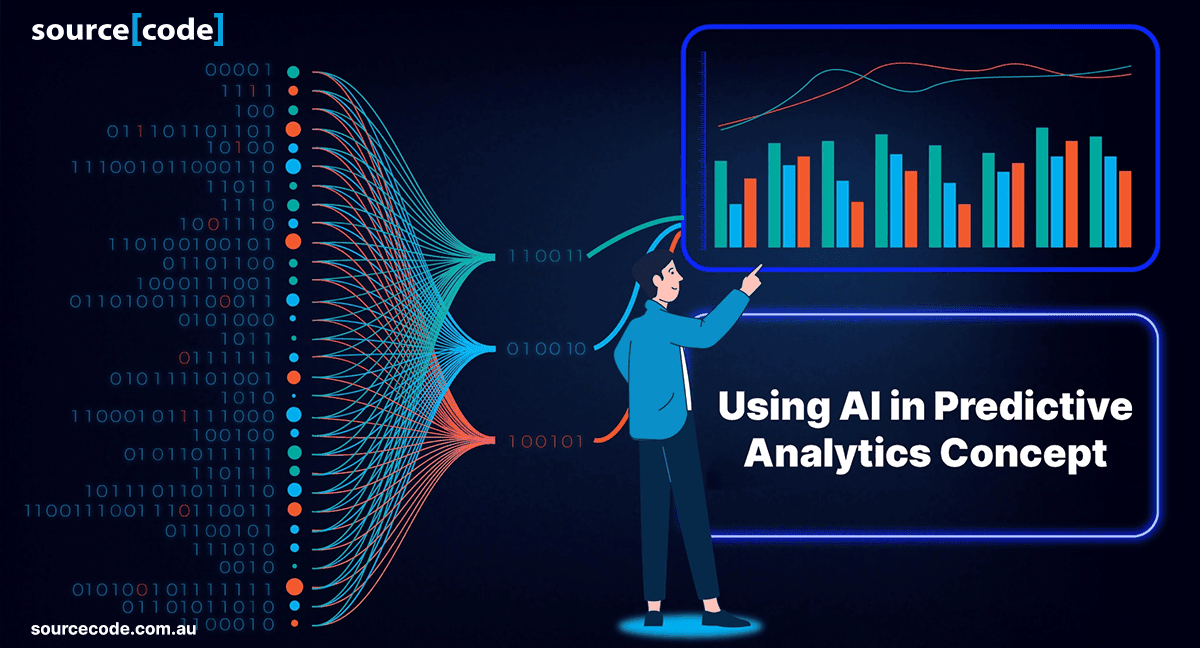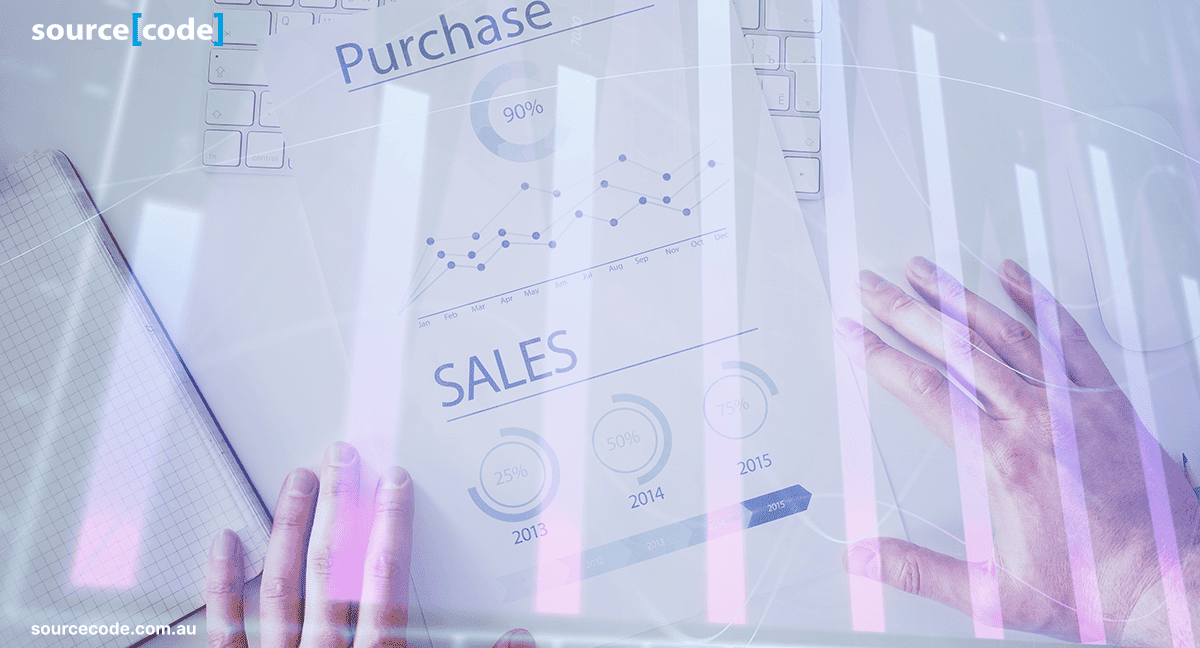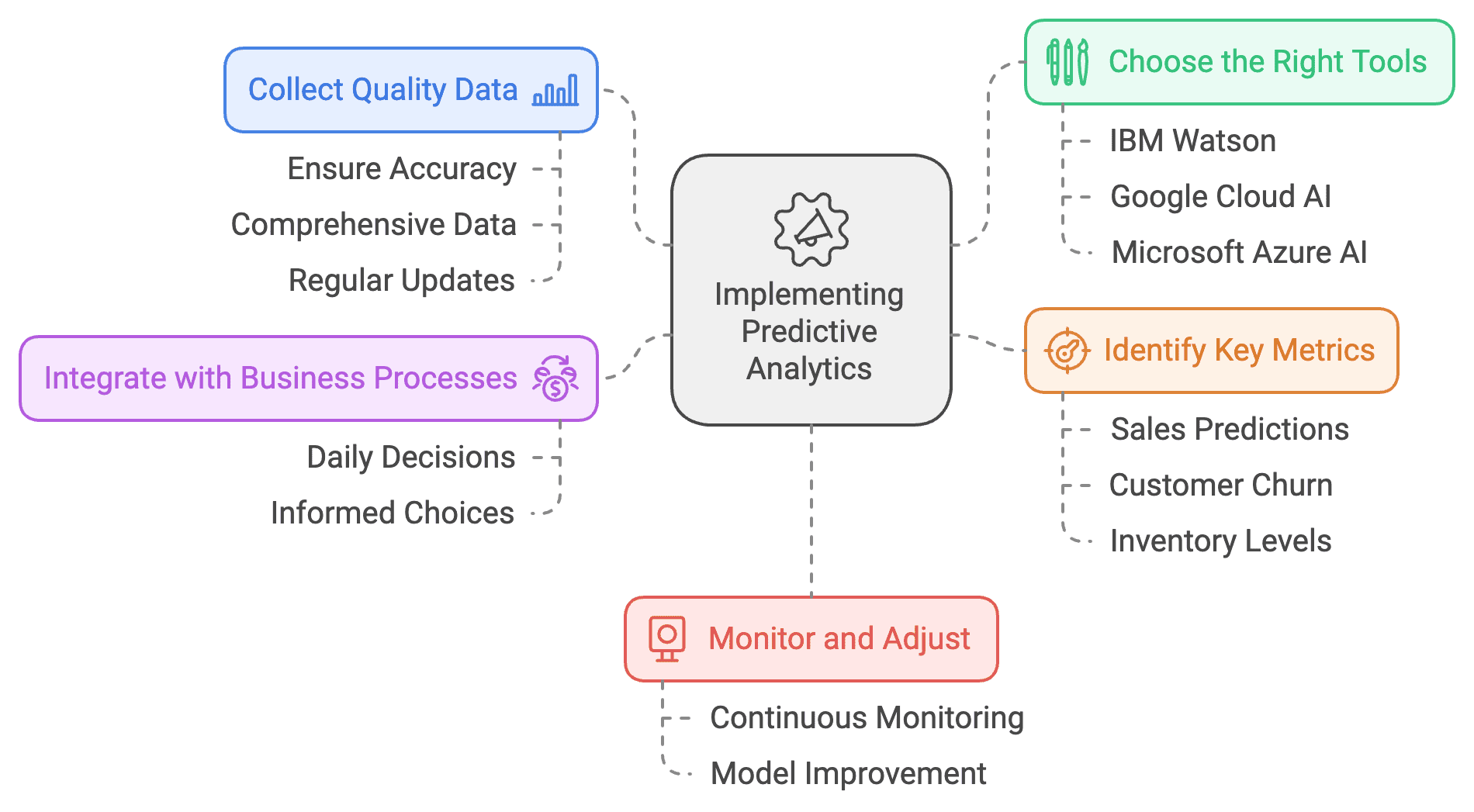How Predictive Analytics is Transforming Business Operations
In today’s data-driven world, businesses are always looking for ways to stay ahead of the competition and make smarter decisions. One powerful tool that’s helping companies achieve this is Predictive Analytics. This technology uses historical data and algorithms to forecast future trends, giving businesses the ability to plan ahead and make informed choices.
Whether it’s predicting customer behavior, optimizing inventory management, or forecasting sales, predictive analytics is becoming a critical part of business strategy.
What is Predictive Analytics?
Predictive analytics is the practice of using data, statistical algorithms, and machine learning techniques to identify the likelihood of future outcomes based on historical data. Rather than simply reacting to events as they happen, businesses can anticipate trends and be proactive.
With predictive analytics, companies are no longer just looking at “what happened” or “why did it happen” but focusing on “what will happen next.”

Key Applications of Predictive Analytics
Predictive analytics can be applied in several business areas to optimize processes and drive growth. Let’s take a closer look at the three key applications:
Sales Forecasting
One of the most common uses of predictive analytics is sales forecasting. It helps businesses predict future sales based on past performance and market conditions. With accurate sales forecasts, businesses can make better decisions about resource allocation, marketing strategies, and product launches.
Example: A retail company might use predictive analytics to estimate how much inventory they’ll need for the holiday season by looking at last year’s sales data and adjusting for current market trends.

Customer Behavior Prediction
Another powerful application is predicting customer behavior. By analyzing customer data, businesses can forecast how customers are likely to behave—whether they’ll buy more products, switch to a competitor, or even become repeat customers. This information helps businesses tailor their marketing strategies and improve customer retention.
Example: An e-commerce platform can use predictive analytics to send personalized product recommendations based on a customer’s previous purchases and browsing history.
Inventory Management Optimization
Efficient inventory management is crucial for any business that deals with physical products. Predictive analytics can help companies optimize their inventory levels by forecasting demand. This reduces the chances of overstocking or running out of stock, ensuring a smooth supply chain and saving costs.
Example: A grocery store chain can use predictive analytics to ensure they stock the right amount of perishable goods based on expected demand, minimizing waste and maximizing sales.

Benefits of Predictive Analytics
The use of predictive analytics offers a wide range of benefits, including:
- Increased Efficiency: Businesses can streamline operations by anticipating future trends, reducing the need for manual forecasting.
- Better Decision-Making: provides insights that allow businesses to make more informed, data-driven decisions.
- Cost Reduction: By optimizing inventory and improving customer retention, businesses can significantly reduce operational costs.
- Competitive Advantage: Predictive insights give businesses a head start, allowing them to react faster to market changes than their competitors.
How to Get Started with Predictive Analytics
If you’re interested in leveraging for your business, here’s how you can get started:
a. Collect Quality Data: The more data you have, the better your predictions will be. Make sure your data is accurate, comprehensive, and regularly updated.
b. Choose the Right Tools: There are many tools available such as IBM Watson, Google Cloud AI, and Microsoft Azure AI. Pick one that suits your business needs.
c. Identify Key Metrics: Define what you want to predict. Whether it’s sales, customer churn, or inventory levels, knowing your objectives will guide the analytics process.
d. Integrate with Business Processes: Ensure that your predictions are integrated into your everyday decision-making processes. Use insights from the data to make more informed business choices.
e. Monitor and Adjust: Predictive models should be continuously monitored and improved. As your business grows and market conditions change, your model will need to be updated.

Conclusion
In today’s competitive landscape, businesses can make smarter decisions, optimize operations, and stay ahead of the curve. Whether you’re forecasting sales, predicting customer behavior, or managing inventory, provides valuable insights that help businesses anticipate and act proactively.
As more industries adopt, it’s clear that this technology is becoming an essential part of modern business strategy and transform your business for the future.